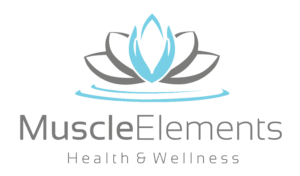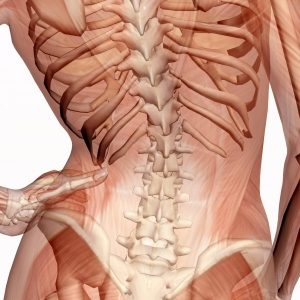This has got to be one of the most common question we get at the clinic! It is still a relatively unknown modality, even though it isn’t new.
When faced with joint or muscle pain there are a number of things that you can do in order to remedy the situation. Depending on what pain and issues that you are facing osteopathy might be right for you.
So, What is Osteopathy?
To put it simply, osteopathy is a branch of medicine that focuses on the treatment of medical disorders through massaging or manipulating the joints, muscles and bones. The treatment is based on the belief that the connective tissues, bones, ligaments and muscles, should work together smoothly in order for a person to have good health. Although it only involves the musculoskeletal system, treatments can also impact the lymphatic, nervous, and circulatory systems.
The treatment of osteopathy began in the late 1800s, and was developed by a physician who wanted to promote the body’s ability to heal itself. Osteopathy recognises the impact that lifestyle and habits have on our bodies. Put simply, the treatment works by removing any barriers to well-being and good health.
Osteopathy is considered to be a type of complementary alternative medicine, also known as CAM. It is one of only two fields of complementary alternative medicine that are regulated by law in the majority of countries – the other field is chiropractic. The techniques used in osteopathy are significantly different from those used in traditional medicine, and are not always supported by scientific evidence. The field of osteopathy aims to treat health problems without the use of any surgery or drugs.
Osteopathic Manual Therapy
Osteopathic manual therapy, is what we offer at Muscle Elements. Osteopathic manual therapists focus on three things: the assessment, diagnosis and treatment of disorders within the structure of the human body – whether it is related to the pelvis, peripheral joints, visceral organs, nervous systems, venous system or spine. Osteopathic manual therapists manipulate the organs or joints through gentle oscillatory movements, to correct any biomechanical dysfunctions that are related to neuromusculoskeletal complaints. Additionally, they will provide advice regarding lifestyle, diet and exercises to augment the bodies own healing capabilities. Through applying these proper mechanics to an area the osteopathic manual therapists is able to improve the body’s function, reduce pain and allow the patient to return to their regular activities.
What are the Goals of Osteopathy?
- To relieve muscle tension
- To increase joint mobility
- To improve blood circulation
- To stimulate proper healing
Techniques
In order to achieve these goals, osteopaths use a combination of breathing exercises, massage, and stretches. The specific techniques they use include:
- Osteopathic Articular
Technique
This technique helps to reduce muscle spasms and improve joint mobility. It is effective in helping to ease any neurological irritation found around a joint. It also reduces discomfort and pain in the body. - Cranial Osteopathy
This is known as the gentlest osteopathic technique. It is also the most difficult for osteopaths to master. It is used to treat sacrum and spine problems. This technique works by restoring the body’s natural biorhythm. - Visceral Manipulation
Visceral manipulation is a technique that is used to treat pain and improve the pliability of the body’s viscera and organs. It works by gently moving the organs and the fascia around them. This therapy is very effective and can help organs function more effectively. - Soft Tissue Manipulation
This technique is used as a way to evaluate the condition of bodily tissues and improve the circulation of fluids throughout the body. It also helps to prevent fluid retention and boosts the immune system.
Who Should Use Osteopathy?
Osteopathy is a great option for many people. This treatment has been proven to help people who suffer from things like carpal tunnel, or musculoskeletal problems. It can help people who experience chronic pain or movement issues in their joins, those dealing with tennis elbow, as well as those who experience repetitive strain injuries or sciatica pain.
Associated Risks
Even though osteopathy does not involve is non-invasive and does not involve drugs it is not without risks. Although it rarely occurs, there is a risk that the artery wall will get torn during spinal manipulation in the neck area. Because of this, not all patients are good candidates for osteopathy. If you fall into any of these categories, osteopathy might not be the best option for you:
- Acute inflammatory conditions
- Osteoporosis
- Using blood-thinning medications for an existing medical condition
- Undergoing radiation therapy
- Pregnant
- Cancer
- Bone fracture
- Blood clotting disorders
- Arthritis
- Multiple sclerosis
Can Osteopathy Be Used on Children?
Osteopathic physicians are trained to treat children of all ages from birth to their teenage years. They can treat a child’s musculoskeletal complaints including sports injuries, birth trauma, concussions, and scoliosis. As complete physicians, they are also able to treat many other complaints by using osteopathic manipulative treatments.
Hopefully this has provided you with some insight as to what osteopathy is, and how is can benefit you and your family. Feel free to contact us today to learn more.

